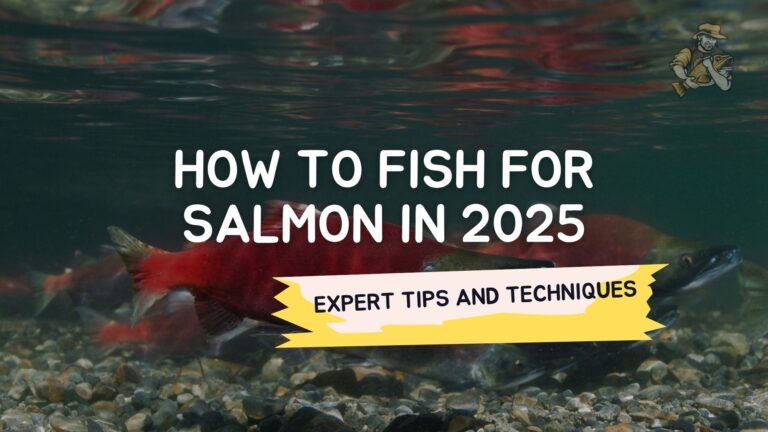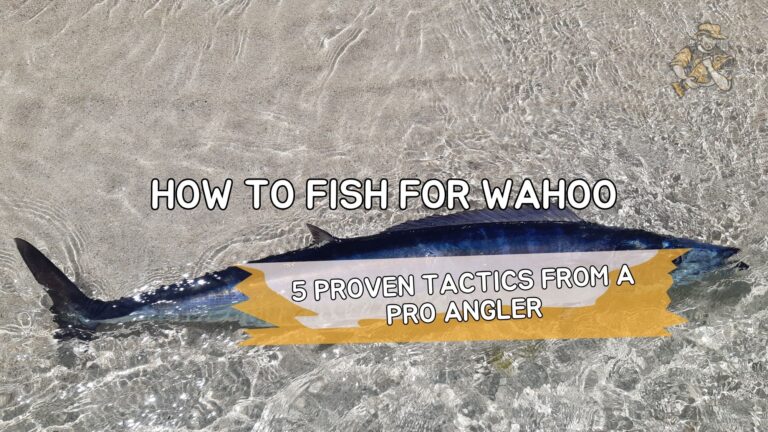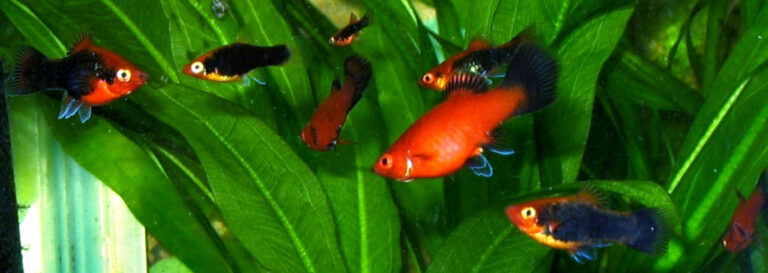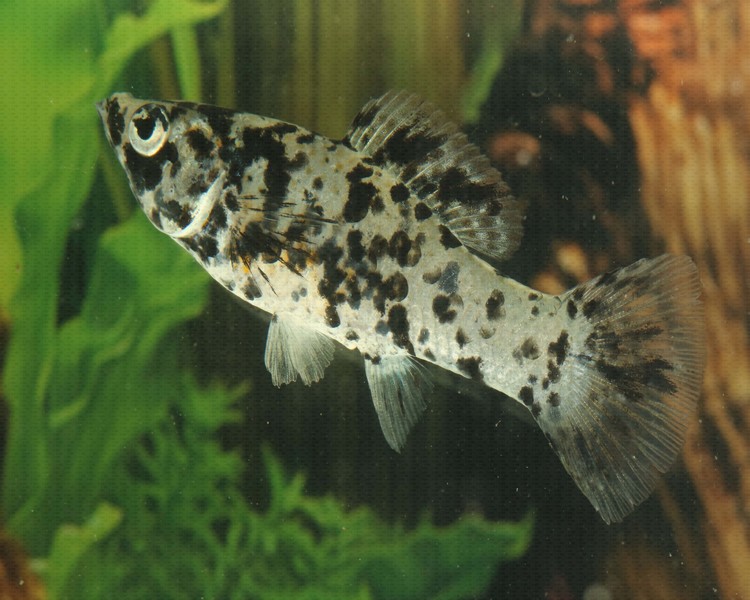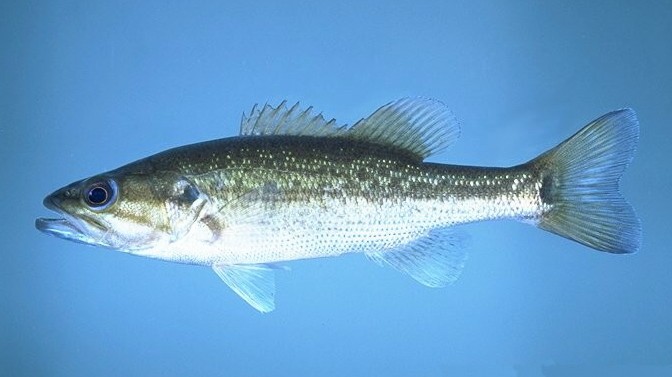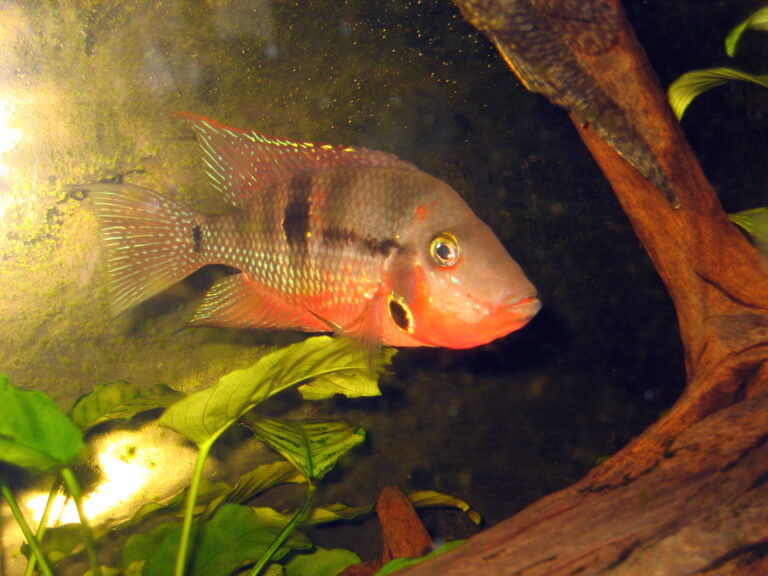7 Shark Fishing Tactics That Actually Work (Expert Guide)
By Adam Hawthorne | Last Modified: May 3, 2025
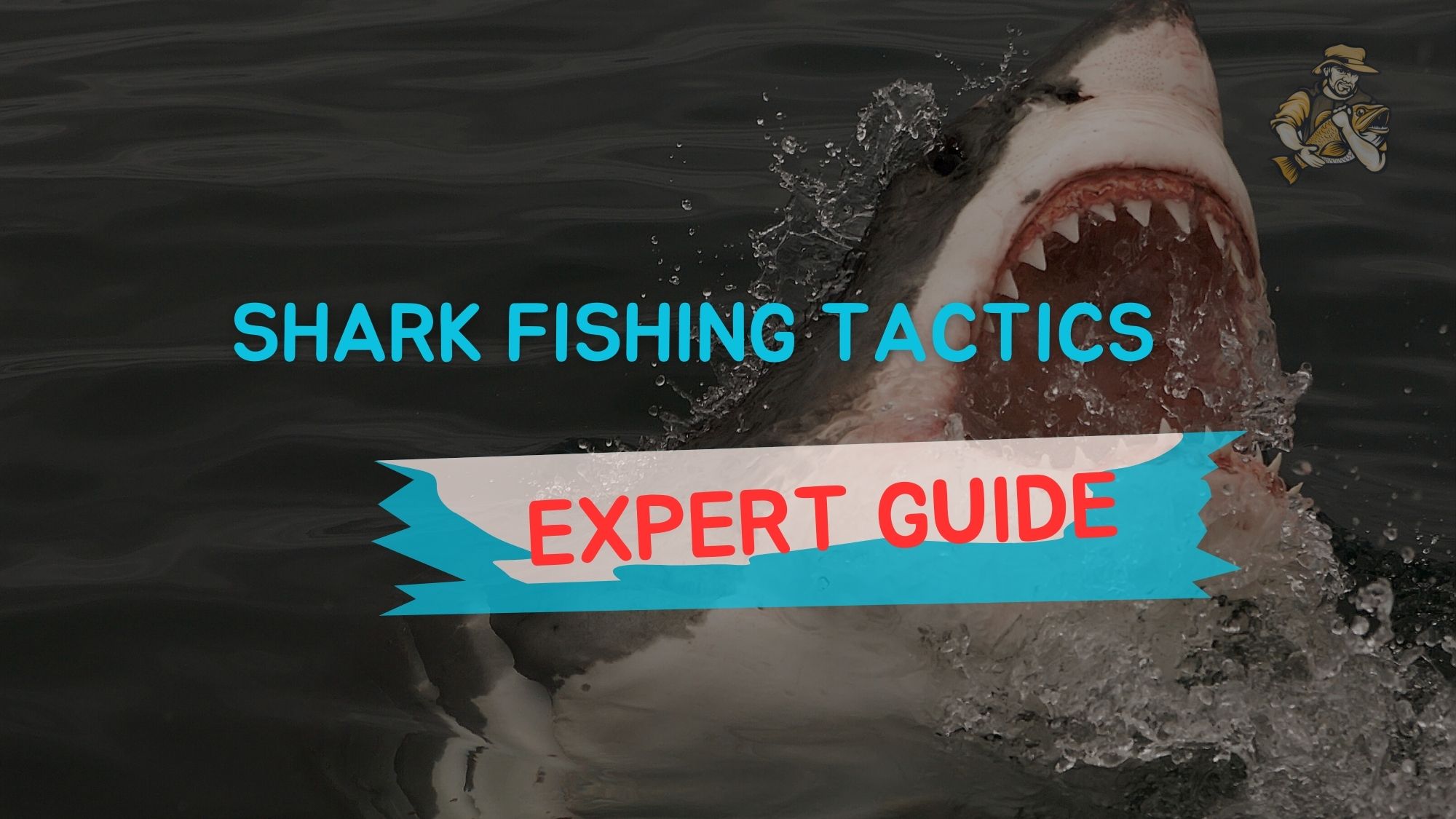
Shark fishing remains one of those bucket-list experiences that separates casual anglers from the truly adventure-hungry. But here’s the truth – most folks trying to catch sharks are doing it all wrong.
I’ve spent countless dawns and dusks along coastlines from Michigan’s Great Lakes (where we occasionally get freshwater visitors) to the Florida Keys, learning the hard way what works and what’s just fishing folklore when it comes to targeting these incredible predators.
Truth is, shark fishing isn’t just about having the heaviest gear or the bloodiest bait. It’s a calculated dance of timing, location, and presentation that evolves with experience – and sometimes, hard-earned failures.
Shark Fishing Fundamentals You Need to Understand First
Before diving into specific tactics, we need to get some basic shark behavior straight. These aren’t mindless eating machines – they’re calculated predators with distinct patterns.
Sharks primarily hunt using their acute sense of smell and their ability to detect electrical signals (ampullae of Lorenzini). These specialized organs can detect the electrical field generated by a struggling fish from impressive distances. According to research from the Florida Museum of Natural History, some shark species can detect electrical fields as small as half a billionth of a volt.
Water temperature plays a huge role in shark behavior and location. Most species prefer specific temperature ranges, which is why seasonal migrations are so common. Bull sharks, for instance, can handle a variety of temperatures and even move between salt and freshwater, explaining their occasional appearance in rivers and estuaries.
I learned this lesson during a trip to Louisiana when water temperatures had spiked unexpectedly. We spent six hours without a single bite, until moving to deeper, slightly cooler water where we hooked into three blacktips within an hour.
Shark diets vary dramatically by species. Knowing what your target typically eats makes all the difference. Blacktips favor baitfish, while tigers have been known to eat just about anything (I once found a license plate in a tiger shark’s stomach contents during a research tagging expedition – no joke).
Now, let’s get into what actually works when you’re targeting these apex predators.
Understanding Shark Conservation and Regulations
Before grabbing your rod, understand that shark populations face significant pressure worldwide. The National Oceanic and Atmospheric Administration reports that some shark species have declined by over 70% in recent decades.
Always check local regulations before fishing. Many species are protected, and most areas have specific rules for shark fishing. In Florida, for instance, shore-based shark fishers need to complete an online educational course and obtain a no-cost permit.
I’m a big advocate for catch and release when it comes to sharks. If you do plan to release your catch, speed matters. Have all release tools ready, minimize handling time, and never drag a shark onto dry land if you intend to release it.
1. Choose the Right Time of Day (Dawn & Dusk Rule)
I used to think nighttime was always best for shark fishing. Turns out, that’s only half right.
While some species feed throughout the night, the magic windows are actually dawn and dusk – what biologists call “crepuscular periods.” During these transition times, sharks are most actively hunting as their prey species are changing positions or becoming more vulnerable.
My best shark fishing experiences have almost always been during that magical 90-minute window as the sun is either coming up or going down. During a trip to the Outer Banks a few years back, we hooked into five decent sharks in one evening, with four coming within an hour of sunset.
Some species do buck this trend. Nurse sharks, for instance, are primarily nocturnal and often rest during daylight hours. Research from the Guy Harvey Research Institute indicates that feeding patterns vary significantly by species, with hammerheads often being more active during daylight hours.
I’ll never forget being laughed at by some locals in the Florida Keys when I packed up my gear at midnight. “You’re leaving right when the lemons start feeding,” an old-timer told me. He was right – lemon sharks in that area had a notorious midnight feeding pattern.
Seasonal timing matters just as much as daily timing. In most North American waters, shark fishing peaks from late spring through early fall. During my annual Everglades trips, I’ve noticed May and June offer the most consistent shark action, particularly for blacktips and bulls.
2. Master Strategic Bait Presentation
This is where most shark anglers go wrong. They think bigger is always better with bait. My experience says otherwise.
Fresh bait always outperforms frozen – always. I’ve run side-by-side tests with identical rigs, one with fresh-caught bait and another with thawed bait from the same species. The fresh bait consistently gets hit first and more aggressively.
For most coastal shark fishing, a half of a fresh mullet, bluefish, or bonito works perfectly – about 1-2 pounds max for medium-sized sharks. For larger species like tigers or bulls, a whole 3-5 pound fish can be appropriate.
Bait preparation makes a enormous difference. Here’s what I do:
- Make strategic cuts in the bait to release more scent (but don’t cut it to shreds)
- Keep the skin intact on one side to help hold the bait together
- Make sure blood and oil can leak from the bait without it falling apart
During a particularly tough day in Lake Erie (where we occasionally get rare smallish sharks), I noticed we only got hits after scoring the bait deeply with crosshatch patterns that released more blood without destroying the bait’s structural integrity.
Forget those massive chunks of meat that tear off the hook with the first current surge. Strategic cutting creates what I call a “scent bomb” that stays on your hook longer.
Locals in different regions swear by different baits. South Florida anglers I’ve fished with prefer stingray for hammerheads, while Gulf Coast fishermen near Mississippi use fresh-caught jack crevalle for bull sharks. Regional preferences often reflect what predators in that area naturally feed on.
Bait age matters too. For blacktips and spinners, I’ve had the most success with very fresh bait. For tigers and bulls, slightly “ripened” bait (6-12 hours old) can sometimes outperform the freshest offerings. I keep a cooler with ice for fresh bait and a separate container where certain baits can “mature” a bit in the heat.
3. Use Proper Tackle That Actually Matches Your Target
I’ve seen too many sharks lost because someone brought bass gear to a shark fight – or conversely, used equipment so heavy it reduced their chance of getting a bite.
Let me break this down simply: match your gear to your target species and fishing location, not to what looks impressive on the boat.
For blacktips, spinners, and smaller shark species (up to about 100 pounds), here’s what I use:
- Rod: 7-8 foot heavy action rod with substantial backbone
- Reel: 6000-8000 size spinning reel or comparable conventional reel
- Line: 50-65 lb braided main line
- Leader: 5-6 feet of 90-135 lb monofilament or fluorocarbon
- Wire Leader: 12-18 inches of single-strand wire (No. 9 or No. 12)
- Hooks: 8/0 to 10/0 circle hooks
For larger species like bulls, tigers, or big hammerheads:
- Rod: 6-7 foot extra-heavy action rod designed for big game
- Reel: 9000+ size spinning reel or 6/0-9/0 conventional reel
- Line: 65-100 lb braided main line
- Leader: 6-8 feet of 150-200 lb monofilament or fluorocarbon
- Wire Leader: 2-3 feet of single-strand wire (No. 15) or multi-strand cable
- Hooks: 12/0 to 20/0 circle hooks
A quick note about circle hooks – they’re not just recommended, they’re often required by regulation. According to the American Sportfishing Association, circle hooks significantly reduce gut-hooking and increase survival rates for released sharks. They’re designed to hook the corner of the mouth, making release much safer for both you and the shark.
My favorite setup these days is an 8-foot custom rod paired with a Penn Slammer 8500 spooled with 65 lb braid. It’s handled everything from 50-pound blacktips to a 250-pound bull shark off the Gulf Coast. The key is having enough line capacity for those long runs.
The Finn story illustrates my point perfectly. My buddy brought his expensive new shark setup – a massive rod that could lift a Volkswagen. Meanwhile, I used my more moderate setup. He didn’t get a single run all day while I landed three decent sharks. His gear was simply too heavy and stiff to detect the subtle takes we were getting that day.
4. Find Strategic Locations, Not Just “Deep Water”
Location might be the single most important factor in shark fishing success. But “deep water” isn’t enough – you need to understand why sharks would frequent a specific area.
Sharks are often found where food concentrations occur: channel edges, drop-offs, sandbars, shipping channels, and the edges of deeper holes. I’ve had tremendous success fishing the edges of shipping channels, particularly where they intersect with natural structures.
During a memorable Panama City trip, we struggled until identifying a pattern. The sharks were concentrated where a deep shipping channel curved alongside a shallow flat – creating a perfect ambush point where they could corral baitfish against the shallows.
One pattern I’ve observed consistently across regions is shark preference for areas with current movement. When fishing the Outer Banks, we’d set up where tidal currents moved around coastal points, creating natural feeding stations.
Areas with high baitfish concentration are obvious hot spots. Look for diving birds, jumping baitfish, or areas where commercial fishermen clean their catch. One of my most productive shark fishing spots in Florida is just downcurrent from where charter boats clean their daily catch.
Different species favor different habitats. According to NOAA Fisheries research, blacktip sharks prefer sandy beaches and shallow bays, while tiger sharks are often found near deeper channels and drop-offs.
Water clarity plays a role too – but not always how you’d expect. While some days the clear water produces best, I’ve had extraordinary shark fishing in surprisingly murky water. The key difference? In clear water, longer leaders and more subtle presentations often work better, while murky conditions sometimes allow heavier tackle and larger baits.
Using depth contour maps from NOAA’s Office of Coast Survey has helped me identify potential shark hotspots before even launching the boat. I look for underwater structures, channel edges, and depth changes that might concentrate bait and attract predators.
5. Create an Effective Chum Strategy (Not Just Random Bloody Water)
Chumming works – but strategic chumming works better. I’ve refined my approach over decades on the water.
Most anglers think chumming is just creating a blood trail, but effective chumming requires:
- Consistent deployment (small amounts frequently rather than large amounts rarely)
- Proper positioning relative to current
- The right mix of materials
My basic chum recipe includes:
- Ground fish parts (usually whatever baitfish are common in the area)
- Fish oil (menhaden oil works great)
- Fine sand (helps create a cloud that disperses slowly)
I use a 5-gallon bucket with small holes drilled in the bottom, hung just at the water’s surface. This creates a consistent drip rather than dumping large amounts at once. According to marine biologists at the University of Miami’s Shark Research Program, a consistent chum slick is more effective than intermittent chumming.
Position is critical. You want your baits in or very near the chum slick, not 50 yards away from it. I’ve watched countless anglers create a great chum slick, then set their baits too far from it.
During a Keys trip years back, I noticed something interesting. When we added some crushed crabs to our typical fish chum, we started attracting more lemon sharks. Different additions to your chum can target different species.
The most effective chumming I’ve ever done wasn’t with the most blood or guts, but rather with a strategic mix that created both visual and scent attractions. Adding fish oil creates a slick visible from the air (for birds) and provides scent that travels great distances underwater.
Temperature affects chum effectiveness dramatically. In warmer water, chum disperses faster and breaks down more quickly, requiring more frequent refreshing of your slick. In cooler water, less is often more.
One caution about chumming – always check local regulations. Some areas restrict or prohibit chumming, particularly near public beaches or marine protected areas. The Florida Fish and Wildlife Conservation Commission provides clear guidelines on where chumming is permitted in Florida waters.
6. Adjust Your Depths Strategically
Many beginners make a critical mistake – they assume all shark fishing happens on the bottom. Not true.
Different shark species prefer different parts of the water column. While nurse sharks and certain bottom-dwellers like sand tigers typically stay deep, species like blacktips, spinners, and makos often feed throughout the water column.
I use a staggered approach when fishing with multiple rods:
- One bait at or near the bottom
- One bait mid-water column
- One bait relatively shallow (upper third of water column)
During a particularly memorable day off Cape San Blas in Florida, we were catching sharks consistently, but only on our mid-water baits suspended about 15 feet down in 40 feet of water. The bottom baits went untouched all day.
Water clarity significantly impacts depth preferences. In very clear water, I typically fish deeper as sharks can be more cautious. In murkier conditions, I’ll often place baits higher in the water column where scent dispersal might be more effective.
Time of day affects depth too. I’ve noticed that around dawn and dusk, sharks often feed higher in the water column, while during bright midday periods, deeper presentations frequently produce better.
The relationship between tide and depth is fascinating. During strong moving tides, I’ve had better success with baits positioned higher in the water column, where sharks seem to hunt more actively. During slack tides, bottom presentations often produce better results.
When fishing deeper water for pelagic sharks, I use a balloon or float system to position baits at specific depths. According to researchers at Woods Hole Oceanographic Institution, many shark species follow specific depth contours when hunting, which is why precise depth placement can be so critical.
I’m always adjusting depth based on results. If one depth is consistently producing while others aren’t, I’ll adjust additional rods to match the productive zone. Fishing isn’t about sticking to preconceived notions – it’s about adapting to what the fish are telling you.
Water temperature stratification creates thermoclines that concentrate baitfish and, consequently, sharks. During summer months in deeper water, I pay close attention to my fish finder for these temperature breaks and try to position baits near these boundaries.
Something Different: Using Artificial Lures for Sharks
Most shark fishing revolves around bait, but under certain conditions, artificial lures can be remarkably effective. This approach requires a different mindset but can be incredibly exciting.
Large swimming plugs, particularly those making erratic movements that mimic injured fish, can trigger aggressive strikes, especially from blacktips and spinners. The Hogy Lures Slider has worked well for me when blacktips are feeding actively on the surface.
Don’t overlook large soft plastics on heavy jigheads, particularly when sharks are feeding on the bottom. A 10-inch soft plastic swimbait worked slowly along the bottom has produced some surprising catches for me, including a 70-pound blacktip that absolutely crushed the lure as I bumped it along a channel edge.
Wire leaders are non-negotiable with lures too – I’ve lost expensive lures learning this lesson the hard way. I use a 12-18 inch wire leader connected to about 4 feet of heavy fluorocarbon.
The key with artificials is speed variation. A steady retrieve rarely triggers strikes. Instead, use an erratic retrieve with sudden darting movements followed by brief pauses – this mimics injured prey and often triggers the predatory response.
When sharks are visibly feeding on the surface (often chasing bait schools), fast-moving topwater lures can create explosive strikes. During a memorable morning in the Everglades backcountry, we watched blacktips demolishing large chugger-style topwaters cast into feeding frenzies.
7. Master Fighting and Landing Techniques
Hooking a shark is only half the battle – and often the easier half. Landing these powerful predators requires technique, patience, and the right approach.
First, forget what you see in fishing shows where anglers immediately start reeling like crazy. When a shark takes your bait, allow it to run until it slows down. With circle hooks, there’s no need for a dramatic hookset – simply start applying steady pressure once the fish has committed to the run.
During the fight, keep your rod tip up at about a 45-degree angle, not vertical. This gives you leverage while maintaining pressure. A common mistake I see is anglers fighting with their rods either too high (no leverage) or too low (no shock absorption).
One technique that’s saved me countless times is the “pump and reel” method. Instead of constantly reeling, lower your rod tip while reeling, then raise it while holding the line. This gives your arms brief rest periods during extended fights.
I learned a valuable lesson while fighting a stubborn bull shark off Pensacola Beach. After 45 minutes of stalemate, a local guide suggested I try “walking the dog” – applying pressure from different angles by moving laterally along the shoreline rather than just pulling straight back. Within minutes, the shark started coming my way.
Landing large sharks safely requires planning. For boat fishing, have a tail rope ready (never gaff a shark you plan to release). From shore, I never drag sharks onto dry sand if I’m planning to release them – instead, I land them in very shallow water where I can safely remove the hook.
According to the Guy Harvey Ocean Foundation, proper handling techniques can significantly increase post-release survival rates for sharks. Keep the shark in the water, remove the hook quickly with proper tools, and support the shark’s body properly if handling is necessary.
Fighting time matters tremendously for shark survival. A study published in the journal Fisheries Research showed that fight times exceeding 30 minutes significantly reduced survival rates for released sharks. Use tackle appropriate for your target to minimize fight times.
When the fight nears its end, be ready for that final surge. Nearly every shark I’ve caught has made one last powerful run just when you think it’s done. Keep tension on the line and be prepared to give line if needed during these final moments.
Practical Safety Considerations
Safety always comes first when shark fishing. I’ve seen too many close calls over the years.
When landing sharks from shore, never wrap the leader around your hand or arm. I use heavy gloves and grab only the leader material itself, never any knots or hardware.
Keep hook removal tools (long pliers, bolt cutters, dehookers) readily available. The FishSmart conservation tools website offers great information on proper release equipment.
For larger sharks, cutting the leader as close to the hook as safely possible is often the best approach. Modern circle hooks will typically rust out relatively quickly, especially in saltwater.
During one memorable Outer Banks trip, I watched in horror as an angler tried to control a 7-foot shark by grabbing its tail on dry land. The shark whipped around with surprising speed and nearly connected with the angler’s leg. Respect these animals’ power and maneuverability, even when they seem exhausted.
When fishing at night, always have proper lighting and never shine bright lights directly into a shark’s eyes during release, as this can disorient them and make them more dangerous to handle.
Frequently Asked Questions About Shark Fishing
What’s the best bait for shark fishing?
The most effective baits are fresh, oily fish like mullet, bonito, mackerel, and bluefish. Fresh is always better than frozen, and bloodier baits like bonito often outperform others. Regional preferences exist – in the Gulf Coast, fresh jack crevalle is considered premium bait for bull sharks.
Do I need special gear for shark fishing?
Yes, but perhaps not as heavy as you might think. For smaller coastal sharks (blacktips, spinners), a heavy spinning setup with 50-65 lb braid can be sufficient. Larger species require conventional reels with higher line capacities. The most important components are a strong rod with good backbone, sufficient line capacity for long runs, and proper terminal tackle including circle hooks and wire leaders.
Is shark fishing dangerous?
Shark fishing carries inherent risks that require respect and preparation. The primary dangers come during landing and release, not from being attacked. Proper tools (tail ropes, long pliers, dehookers), techniques, and planning minimize these risks. According to the International Shark Attack File, injuries during recreational shark fishing most commonly occur during handling, not attacks.
What time of year is best for shark fishing?
In most North American waters, shark fishing is most productive from late spring through early fall when water temperatures are warmer. Peak seasons vary by region and species – Florida’s Gulf Coast sees excellent blacktip action in March-April during migrations, while summer months (June-August) often produce the largest variety of species along the Atlantic coast.
Can I shark fish from shore?
Absolutely! Shore-based shark fishing can be extremely productive, particularly from beaches with deep water access relatively close to shore. Key locations include parts of the Outer Banks, Florida’s Gulf and Atlantic coasts, Texas, and Southern California. Shore sharking requires specialized casting techniques for heavy baits and proper planning for landing and release.
How do I properly release a shark?
Minimize the shark’s time out of water (ideally keeping it in the water entirely). Use dehooking tools to remove hooks, or cut the leader as close to the hook as safely possible if removal is difficult. Support the shark’s body properly if handling is necessary, and never drag sharks onto dry sand if releasing. Guide the shark back into deeper water, moving it forward to help oxygenate its gills until it swims off strongly on its own.
What’s the difference between shark fishing and regular saltwater fishing?
Beyond heavier tackle, shark fishing typically involves specialized techniques including strategic bait presentation, chumming methods, and handling/release procedures. Safety considerations are heightened, regulations are often stricter, and conservation concerns must be prioritized. The fundamental approach differs too – shark fishing often involves waiting for the predator to find your offering rather than actively seeking fish.
Final Thoughts on Successful Shark Fishing
After three decades targeting these apex predators, I’ve learned that successful shark fishing blends science, strategy, and sometimes a bit of luck. The tactics I’ve shared here have been refined through countless hours on the water, learning both from successes and – perhaps more importantly – from failures.
Conservation must remain at the forefront of modern shark fishing. Populations of many species have declined dramatically, and ethical anglers should prioritize catch and release practices using proper techniques. According to the Marine Conservation Institute, recreational fishermen can play a vital role in shark conservation through responsible practices.
Remember that patience defines shark fishing more than almost any other type of angling. Days with multiple catches are the exception, not the rule. My most memorable shark fishing experiences aren’t just about the catch, but about the anticipation, the environment, and the connection to something wild and powerful.
If you’re new to shark fishing, I’d encourage starting with guides or experienced anglers who can teach proper techniques and handling. Local knowledge matters enormously, and techniques that work in one region may fail in another.
The real magic of shark fishing comes when everything aligns – the right tide, the perfect bait presentation, the strategic position relative to structure – and that telltale screaming run begins. There’s simply nothing else in fishing quite like it.

Meet Adam Hawthorne
I’m a lifelong fishing enthusiast who’s spent years exploring rivers, lakes, and oceans with a rod in hand. At Fishing Titan, I share hands-on tips, honest gear reviews, and everything I’ve learned about fish and ocean life, so you can fish smarter and enjoy every cast.
Share:

Meet Adam Hawthorne
I’m a lifelong fishing enthusiast who’s spent years exploring rivers, lakes, and oceans with a rod in hand. At Fishing Titan, I share hands-on tips, honest gear reviews, and everything I’ve learned about fish and ocean life, so you can fish smarter and enjoy every cast.
Related Articles
-
Tiger Barb
The Tiger Barb (Puntigrus tetrazona) stands as one of Southeast Asia’s most recognizable freshwater cyprinids, distinguished by its vibrant golden-orange coloration and distinctive black vertical…
-
How to Fish for Salmon in 2025: Expert Tips and Techniques
Few fishing experiences match the thrill of feeling a salmon take your line. These powerful fish have captivated anglers for generations, and with good reason….
-
How to Fish for Wahoo: 5 Proven Tactics from a Pro Angler
If there’s one fish that’s made me question my sanity over the years, it’s the wahoo. These lightning-fast predators have left me both exhilarated and…
-
Tuxedo Platy
The Tuxedo Platy (Xiphophorus maculatus) stands as one of the most recognizable and beloved freshwater aquarium fish species, distinguished by its striking black and white…
Fish Species
-
Marble Molly
The Marble Molly (*Poecilia latipinna*) stands as one of the most recognizable and widely distributed ornamental fish species in the aquarium trade, distinguished by its…
-
Dalmatian Molly
The Dalmatian Molly stands as one of the most recognizable and beloved freshwater aquarium fish, distinguished by its striking black-spotted pattern reminiscent of the famous…
-
Spotted Bass
The Spotted Bass (Micropterus punctulatus) stands as one of North America’s most distinctive freshwater game fish, renowned for its aggressive feeding behavior and remarkable adaptability…
-
Firemouth Cichlid
The Firemouth Cichlid (*Thorichthys meeki*) stands as one of Central America’s most recognizable freshwater fish species, distinguished by its vibrant red throat coloration and distinctive…


